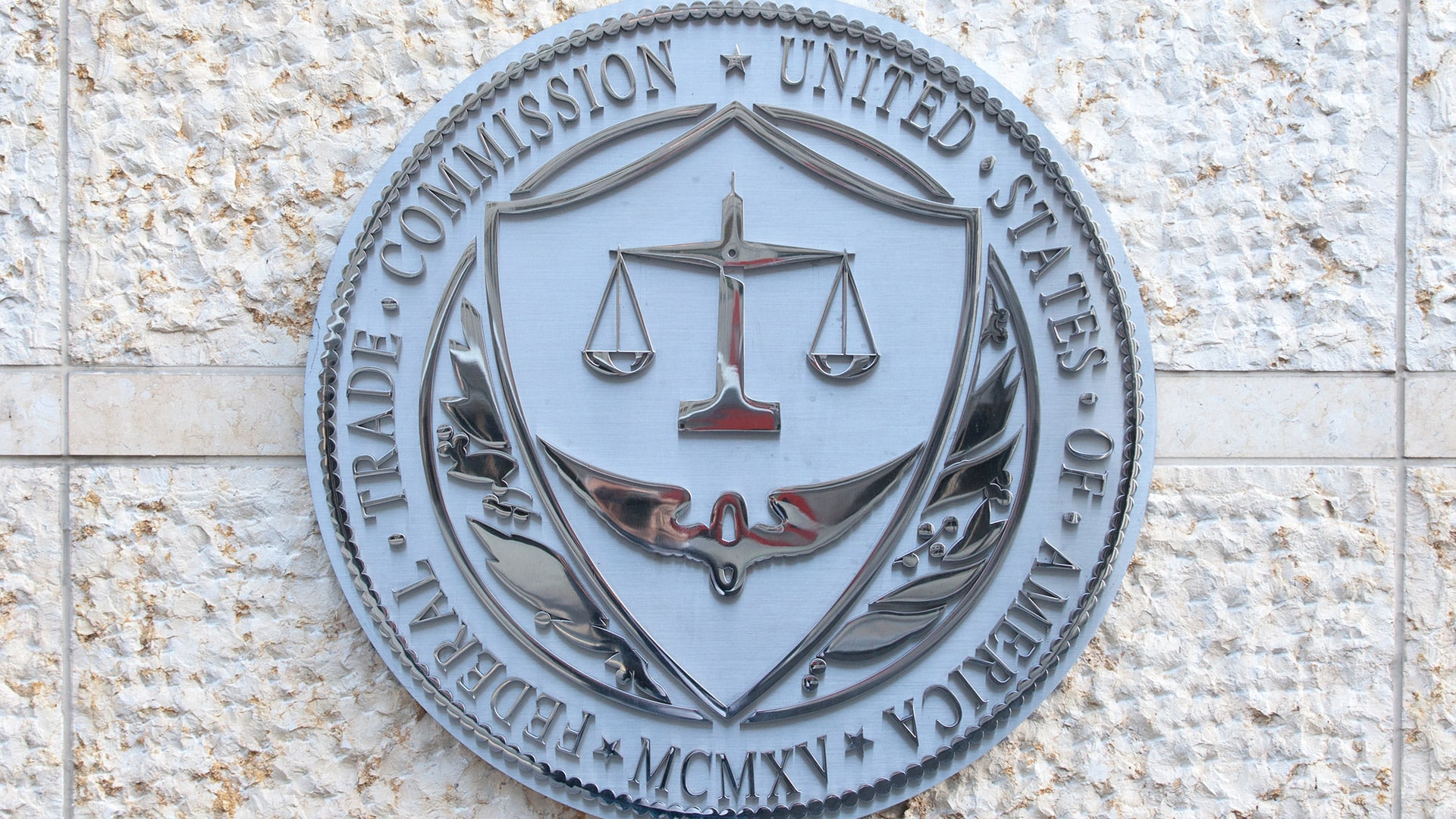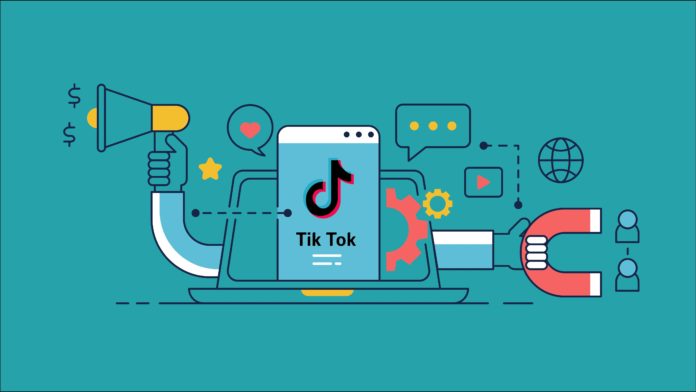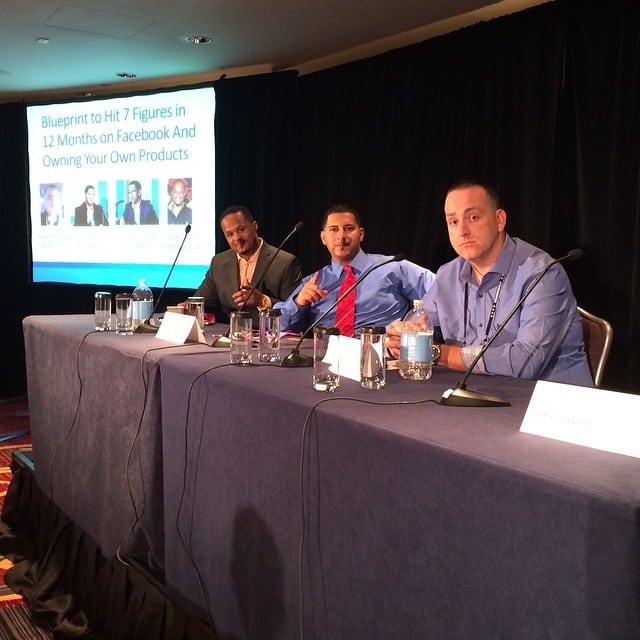On March 25, 2021, the Federal Trade Commission released its 2020 Annual Highlights, emphasizing the agency’s ongoing efforts to protect consumers.
“Despite the challenges of the pandemic, the FTC remained dedicated to protecting consumers and promoting competition,” Acting FTC Chairwoman Rebecca Kelly Slaughter said. “The FTC acted quickly to take down a number of illegal COVID-related scams, sued to block or unwind an unprecedented number of mergers, and took a number of other strong enforcement actions across its missions.”
The Highlights capture the Commission’s prompt response to the pandemic and purported bad actors who try to exploit it to take advantage of consumers. The FTC has taken action to halt alleged false and deceptive claims related to supposed treatments for COVID-19. The agency has sued companies that allegedly failed to deliver on promises to quickly ship critical personal protective equipment, and companies that purportedly lured consumers into income scams.
The agency has also sent out hundreds of blog posts to educate consumers about COVID-19 scams and remind businesses about their responsibilities regarding honest advertising.
The FTC’s Highlights report promotes some of the agency’s most significant enforcement actions, policy and advocacy initiatives, and education and outreach programs in the past year.
With regard to enforcement, for example, the FTC demonstrated a commitment to addressing purported false treatment claims regarding COVID-19. In doing so, the agency pursued a rigorous warning letter program. The FTC, on its own, and with FDA, issued over 350 warning letters to marketers making prevention, cure, and treatment claims, and the vast majority of recipients took quick steps to correct problematic claims.
When warning letter recipients do not correct their problematic claims, however, the FTC can — and does — follow up with law enforcement suits. In fact, the agency charged Golden Sunrise Nutraceutical, Inc. — a warning letter recipient that did not correct its claims — with deceptively advertising a $23,000 treatment plan as a scientifically proven way to treat COVID-19. Going forward, under a new federal law, the COVID-19 Consumer Protection Act, the FTC has the authority to obtain first-time civil penalties for scams related to COVID-19. This new law provides another tool in the FTC’s fight against operators engaged in such deception.
In other health-related matters, the Commission approved a Part 3 administrative complaint against Health Research Laboratories, LLC for purported unsubstantiated claims that their dietary supplements can treat cardiovascular and other diseases. The complaint is scheduled to be heard before an administrative law judge in July 2021.
In its first law enforcement crackdown on deceptive claims in the growing market for cannabidiol (CBD) products, the FTC sued six sellers of CBD-containing products for allegedly making a wide range of scientifically unsupported claims about their ability to treat serious health conditions like, cancer, heart disease, hypertension, and Alzheimer’s disease. Under an administrative settlement, the marketer behind Whole Leaf Organics is barred from making baseless claims that his CBD-based product can treat or prevent the risk of COVID-19.
Teami, LLC, a marketer of teas and skincare products, paid $1 million to settle FTC charges that it promoted its products using deceptive health claims and endorsements by well-known social media influencers who did not adequately disclose they were being paid to do so.
Last year the FTC brought a number of cases against the marketers of health-related products, including actions against supposed cures for joint pain and inflammation, for cancer and diabetes, for ailments and physical damage related to aging, and for growing new bone to alleviate pain, as well as an action against an app that allegedly failed to keep users’ health information private.
On the technology front, while millions of users have flocked to video communications platforms. Zoom Video Communications, Inc. agreed to settle FTC charges that the company misrepresented the level of encryption it offered and the time it took to store meetings in Zoom’s secure cloud storage in an encrypted format, and allegedly installed software on certain users’ computers that circumvented a privacy and security safeguards for certain users offered by their browser. The settlement prohibits Zoom from making a wide variety of privacy- and security-related misrepresentations, requires Zoom to implement an information security program (including a security review for all new software before release and restrictions on circumventing third-party security safeguards), and independent program assessments by a qualified third party.
The FTC also took action to halt the alleged use of technology to promote deception and fraud related to COVID-19. The Commission sent warning letters to Voice over Internet Protocol (VoIP) service providers and other companies for their activities purportedly “assisting and facilitating” illegal Coronavirus-related telemarketing calls. And, last year, the Commission also brought its first consumer protection case against a VoIP provider, Globex Telecom, Inc., which agreed to pay $1.9 million to settle charges from the FTC and the State of Ohio that they allegedly facilitated an illegal bogus credit card interest rate relief scheme. In addition, Alcazar Networks Inc. settled the FTC’s charges that they facilitated tens of millions of illegal telemarketing phone calls.
In other deceptive and unfair marketing, the FTC brought its first cases enforcing the Better Online Ticket Sales (BOTS) Act. Three ticket brokers will pay $3.7 million to settle allegations they used automated software to illegally buy tens of thousands of event tickets, then resold the tickets at higher prices.
In terms of deceptive and unfair marketing, the FTC brought several cases against companies that allegedly failed to deliver on their promises to get consumers goods in high-demand as a result of the pandemic. A federal court in Ohio issued a temporary restraining order against 25 alleged counterfeit websites that purportedly tricked consumers into paying for Clorox and Lysol products that the defendants never delivered. The Commission also brought actions against three online merchandisers and SuperGoodDeals.com, Inc., based, in part, on violations of the Mail, Internet, or Telephone Order Merchandise Rule (Mail Order Rule) and promises they would quickly ship facemasks, sanitizer, and other personal protective equipment.
The FTC took also action against Traffic Jam Events, LLC to stop a scheme that allegedly deceived consumers with mailers that promised to get them federal COVID-19 stimulus benefits but was actually luring them to a used car sale.
The FTC also took action to protect workers.
The FTC alleged that Amazon failed to pay Amazon Flex drivers the full amount of tips they received from Amazon customers over a two and a half year period. As part of a settlement, Amazon will pay more than $61.7 million, representing the full amount the company allegedly withheld from drivers, which will be used by the FTC to compensate drivers.
The impact of income opportunity scams has intensified as scammers take advantage of the COVID-19 pandemic and financial crisis. The Commission, along with 19 federal, state, and local partners, led Operation Income Illusion, a nationwide crackdown of more than 50 law enforcement actions against scams that target consumers with fake promises of income and financial independence that have no basis in reality.
The FTC also continued its efforts on behalf of small businesses. The FTC and the Small Business Administration (SBA) sent warning letters to eight companies that targeted small businesses seeking SBA loans as a result of the Coronavirus pandemic.
The Commission also continued its work in other areas.
The FTC won a $120.2 million judgment against the primary Sanctuary Belize defendants, successfully putting an end to what is allegedly the largest land fraud in FTC history.
Other cases included actions against the operator of an allegedly deceptive crowdfunding scheme and a rent-to-own company that paid $175 million for allegedly misleading buyers.
The Commission also brought cases stopping allegedly deceptive negative option practices, including Age of Learning, Inc.; Nutraclick; and AH Media Group, LLC.
In other cases, the FTC took action against two companies (Williams-Sonoma, Inc. and Gennex Media, LLC) for allegedly making unsubstantiated Made in USA claims; a mobile banking app for alleged false promises about interest rates and access; a company selling phone plans that ripped off the families of incarcerated love ones; an alleged pyramid scheme that lured consumers with false promises of financial independence; operators of an allegedly deceptive business coaching scheme; companies allegedly selling misleading ad listings to small businesses, and an operation that allegedly tricked consumers by lying about being affiliated with the SBA.
The FTC continues its vigorous enforcement against operations that assist companies defrauding consumers.
In 2020, the FTC brought six cases involving payment processors — RevenueWire, Inc., Apex Capital Group, LLC, Qualpay, Inc., Complete Merchant Solutions, LLC (CMS), Madera Merchant Services, LLC, and First Data Merchant Services LLC — for allegedly enabling deceptive practices or scams. In four of the cases, the defendants were banned from payment processing, either completely or for certain types of businesses.
The FTC, with more than 50 federal and state law enforcement partners, brought Operation Corrupt Collector, a nationwide law enforcement and outreach initiative to protect consumers from deceptive and abusive debt collection practices. In one case, the FTC alleged Critical Resolution Mediation LLC threatened consumers with arrest and imprisonment and tried to collect debts that consumers did not actually owe. A federal court shut down the operation.
Another case was against a seller of alleged get rich quick “training programs” that purportedly promised buyers they would make significant income but allegedly had data showing most buyers of the training made little to no money.
The FTC also brought actions against companies that hurt people looking for housing, looking to borrow money, reduce their credit card rates, pay down their debt, or fix their credit. The FTC charged pay day lender Lead Express, Inc. (Harvest Moon Financial) with deceptively overcharging consumers millions of dollars and withdrawing money repeatedly from consumers’ bank accounts without their permission. A federal court has entered a temporary restraining order halting the operation and freezing the defendants’ assets.
Credit repair company BoostMyScore LLC agreed to settle FTC charges they misled consumers with promises to improve credit scores and increase access to lower mortgage rates. AppFolio, Inc., a provider of background reports to property management companies, paid $4.25 million to settle the FTC’s charges the firm did not follow reasonable procedures to ensure the accuracy of its reports about potential tenants.
This year, the FTC also brought actions against several companies that allegedly falsely promised struggling student loan borrowers that — in return for paying an illegal upfront fee — the defendants could lower or eliminate their debt. SLAC, Inc., CD Capital Investments, LLC, Elegant Solutions, Inc. (Mission Hills Federal), and American Financial Benefits Center were banned from the debt relief business, and courts entered combined judgments of nearly $40 million against CD Capital Investments and Elegant Solutions.
In 2020 the FTC continued its initiatives to protect the privacy of consumers. Recently, the FTC began to seek more comprehensive remedies against technology companies that failed to live up to consumer privacy promises.
The FTC settled allegations that the developer of the photo app Everalbum deceived consumers about its use of facial recognition technology and its retention of user photos and videos by requiring the deletion of models and algorithms developed from user data. The Commission also turned its attention to the growing area of health apps, settling allegations that the developer of a period and fertility-tracking app, Flo, shared user health information with outside data analytics providers after promising that such information would be kept private. As part of the settlement, Flo must notify affected users about the disclosure of their personal information and instruct any third party that received users’ health information to destroy that data.
The FTC continued its actions protecting children’s online privacy through enforcement of the Children’s Online Privacy Protection Act Rule (COPPA Rule). App developer HyperBeard, Inc. agreed to pay $150,000 and to delete personal information it illegally collected from children under 13. Miniclip, S.A., a digital game maker, settled the FTC’s allegations that it misled consumers into thinking it was a current member of the Children’s Advertising Review Unit’s (CARU) COPPA safe harbor program.
The Department of Justice (DOJ), on behalf of the FTC, sued MyLife.com, Inc., alleging that the company deceived consumers with “teaser background reports” that often falsely claimed to include information about arrest, criminal, and sex offender records.
Two recent cases required the defendants to put in place comprehensive data security programs to settle the FTC’s allegations: Ascension Data & Analytics, LLC (which allegedly failed to ensure that its vendor was adequately securing personal data, leaving the sensitive information of more than 60,000 consumers exposed on the internet for a year); and SkyMed International, Inc. (which allegedly left unsecured a cloud database of approximately 130,000 membership records so they were in plain text and easily accessible).
The agency entered a modified administrative order against Facebook, formally adding approved amendments to its 2012 privacy order to include provisions that were incorporated into the FTC’s 2019 settlement with the company.
The FTC also brought charges against eight companies that allegedly misrepresented their participation in the EU-U.S. Privacy Shield framework (Privacy Shield), which enables companies to transfer consumer data legally from EU countries to the U.S. The orders settling the FTC’s charges were released in January, March, July, and October.
Certain statistics are available in the Stats & Data 2020 infographic. Archives of past FTC Annual Highlights and Reports and a printable version of the 2020 report are also available.
Richard B. Newman is an FTC defense lawyer at Hinch Newman LLP. Follow FTC defense lawyer on National Law Review.
Informational purposes only. Not legal advice. May be considered attorney advertising.



















